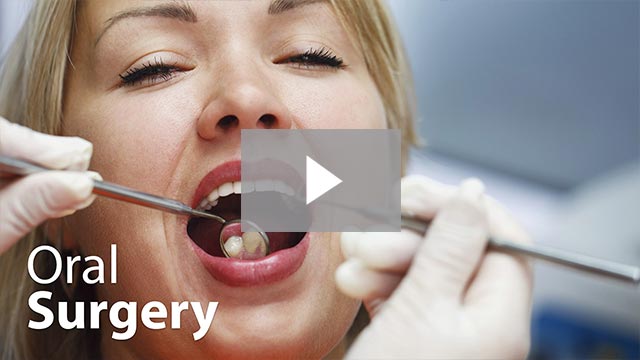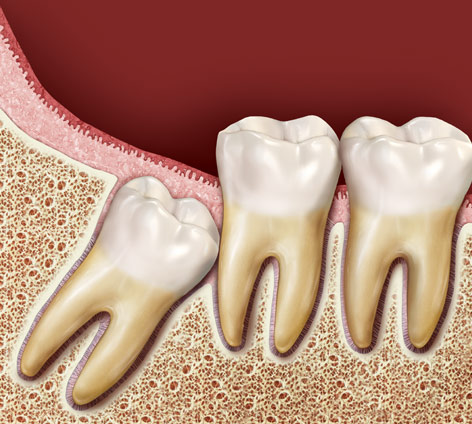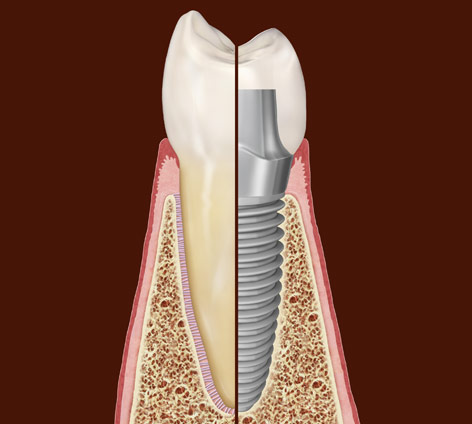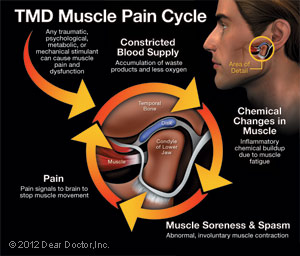Oral Surgery Services

We strive to make it as easy as possible for you to receive the dental care you need. For your convenience, many of our practices offer specialty services including oral surgery.
Our oral and maxillofacial surgeons have completed extensive education and training. After completing dental school, they are surgically trained in a hospital-based residency program for at least four years. They train alongside medical residents in general surgery and anesthesiology, internal medicine, plastic surgery, emergency medicine, and otolaryngology (ear, nose and throat).
Their areas of specialty typically include:
Tooth extractions: Tooth Extraction It is necessary to remove a tooth when the decay, damage, or infection is so severe, the tooth can no longer be saved. A tooth may also be removed if it’s blocking other teeth from coming in or to make space for orthodontic treatment.
Learn more about tooth extractions
Wisdom teeth removal: Wisdom teeth removal This common procedure can correct a painful problem with the third molars or prevent future problems.
Learn more about wisdom teeth removal
Pre-orthodontic surgery: If you’re getting braces, your orthodontist may recommend certain teeth be extracted to create room for the teeth that are being moved into alignment. In other cases, the oral and maxillofacial surgeon can expose permanent teeth that haven’t broken through the gum line yet by removing the overlying bone and gum tissue.
Pre-prosthetic surgery: Pre-prosthetic surgery If you’re getting a denture, then your natural teeth will be removed and the gum tissue can be built up or repositioned to allow dentures to fit better. Any mouth bumps, called tori, will be removed.
Learn more about dentures
Learn more about tori removal
Orthognathic surgery: This type of corrective jaw surgery, which is also called dentofacial surgery, can address problems with a protruding jaw, receding chin, lip closure, and jaw joint pain.
Reconstructive surgery: Oral and maxillofacial surgeons can perform surgery to correct facial injuries or birth defects, including cleft lip and cleft palate.
- A cleft lip happens when the lip tissue does not join completely before birth. It’s easiest to correct before a child’s first birthday.
- A cleft palate occurs when the tissue that makes up the roof of the mouth does not join correctly. It can cause problems with feeding, hearing, and speech. The first surgery to repair this is usually done before a child is 18 months old. It may take more than one surgery or treatment to correct the problem.
Facial trauma treatment: Injuries such as a fractured jaw, palate, or cheekbone can come from sports’ mishaps, car accidents, even fighting. An oral and maxillofacial surgeon has special training to reposition the bones so they can heal properly.
Biopsies and lesion removal: Oral cancer is on the rise. If your dentist sees a suspicious spot inside your mouth, he or she may recommend you see an oral and maxillofacial surgeon to have a tissue sample removed and tested.
Learn more about oral cancer
Dental implant placement: If you’re missing a tooth or teeth, the best solution for you may be dental implants. The titanium post mimics the roots of a natural tooth to preserve the jaw bone and the custom-made crown gives your tooth a natural appearance.
Learn more about dental implants
Ridge augmentation: This common dental surgery is also called bone grafting. It rebuilds the alveolar ridge of the jaw, which is the bone that surrounds the roots of teeth. You need that ridge to be a certain height and width to support dental implants or a denture.
Learn more about bone grafting
Guided bone regeneration / guided tissue regeneration: Special membranes that are designed to dissolve under the gum line and promote the growth of either new bone or new gum tissue may be used during bone grafting procedures. This is called guided bone regeneration (GBR) or guided tissue regeneration (GTR).
Sinus Lift: Periodontal Disease. In some people, the roots of their upper teeth extend up into the sinuses. If the upper teeth are removed, there may not be enough bone in this area to support dental implants. The oral and maxillofacial surgeon can enter the sinus from where the upper teeth used to be, lift the sinus membrane upward, and perform a bone graft to build up the wall separating the sinus from the mouth. This is called a sinus lift or a sinus graft. Once it has healed, the dental implants can be placed.
Dentoalveolar surgery: Dentoalveolar surgery involves the tooth socket. The socket is the area of the bone that holds the tooth. Dentoalveolar surgery includes bone grafting and socket preservation.
TMD Treatment: The temporamandibular joint (TMJ) is the small joint located where the skull and lower jaw meet. It allows the lower jaw to open and close. Temporamandibular Disorder (TMD) is when there is a problem with this joint, which can result in jaw pain, headaches, ear aches, clicking sounds, or the inability to open or close your mouth correctly. The treatment may require surgery.
No matter which service you need, you can depend on us to make you as comfortable as possible during the procedure, using the type of anesthetic or sedative best suited for you and your situation. Plus, we’ll send you home with clear, easy-to-understand instructions to ensure your recovery is smooth.
The first step is to talk to your general dentist to see how an oral & maxillofacial surgeon could help you.


